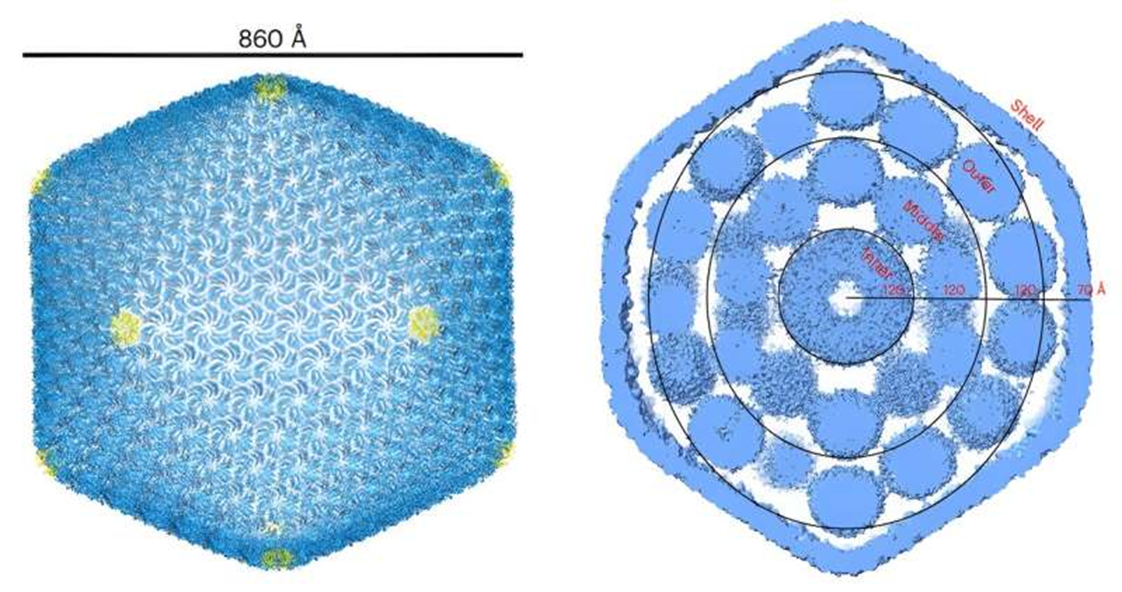- Courses
- GS Full Course 1 Year
- GS Full Course 2 Year
- GS Full Course 3 Year
- GS Full Course Till Selection
- MEP (Mains Enrichment Programme) Data, Facts
- Essay Target – 150+ Marks
- Online Program
- GS Recorded Course
- NCERT- First Ladder
- Polity
- Geography
- Economy
- Ancient, Medieval and Art & Culture AMAC
- Modern India, Post Independence & World History
- Environment
- Governance
- Science & Technology
- International Relations and Internal Security
- Disaster Management
- Ethics
- Current Affairs
- Indian Society and Social Issue
- CSAT
- 5 LAYERED ARJUNA Mentorship
- Public Administration Optional
- ABOUT US
- OUR TOPPERS
- TEST SERIES
- FREE STUDY MATERIAL
- VIDEOS
- CONTACT US
Carboxysomes
Carboxysomes
14-05-2024

A research team led by the Hong Kong University of Science and Technology (HKUST) has discovered how carboxysomes carbon-fixing structures found in some bacteria and algae work.
- This could help scientists redesign and repurpose the structures to enable plants to convert sunlight into more energy, making the way for improved photosynthesis efficiency, potentially increasing the global food supply and mitigating global warming.
What is Carboxysomes?
Carboxysomes are tiny compartments in certain bacteria and algae that encase particular enzymes in a shell made of proteins. They perform carbon fixation, which is the process of converting carbon dioxide from the atmosphere into organic compounds that can be used by the cell for growth and energy.
- Function in Carbon Fixation:
- Carboxysomes perform carbon fixation, which involves converting atmospheric carbon dioxide into organic compounds usable by cells for growth and energy.
- Structural Features:
- Carboxysomes are composed of polyhedral protein shells, ranging from 80 to 140 nanometers in diameter.
- Role in Overcoming RuBisCo Inefficiency:
- These compartments concentrate carbon dioxide to overcome the inefficiency of RuBisCo (ribulose bisphosphate carboxylase/oxygenase), a key enzyme in carbon fixation and the rate-limiting enzyme in the Calvin cycle.
- Potential Application:
- One application of carboxysomes lies in plant synthetic biology. Introducing carboxysomes into plant chloroplasts as a CO2-concentrating mechanism can enhance photosynthetic efficiency and increase crop yield.
What is Carbon Fixation?
- Carbon fixation is the process of converting atmospheric carbon dioxide into organic molecules by autotrophic organisms.
- This process is crucial because inorganic carbon from the atmosphere must be mobilized into organic compounds to sustain life on Earth.
Must Check: Best IAS Coaching In Delhi



